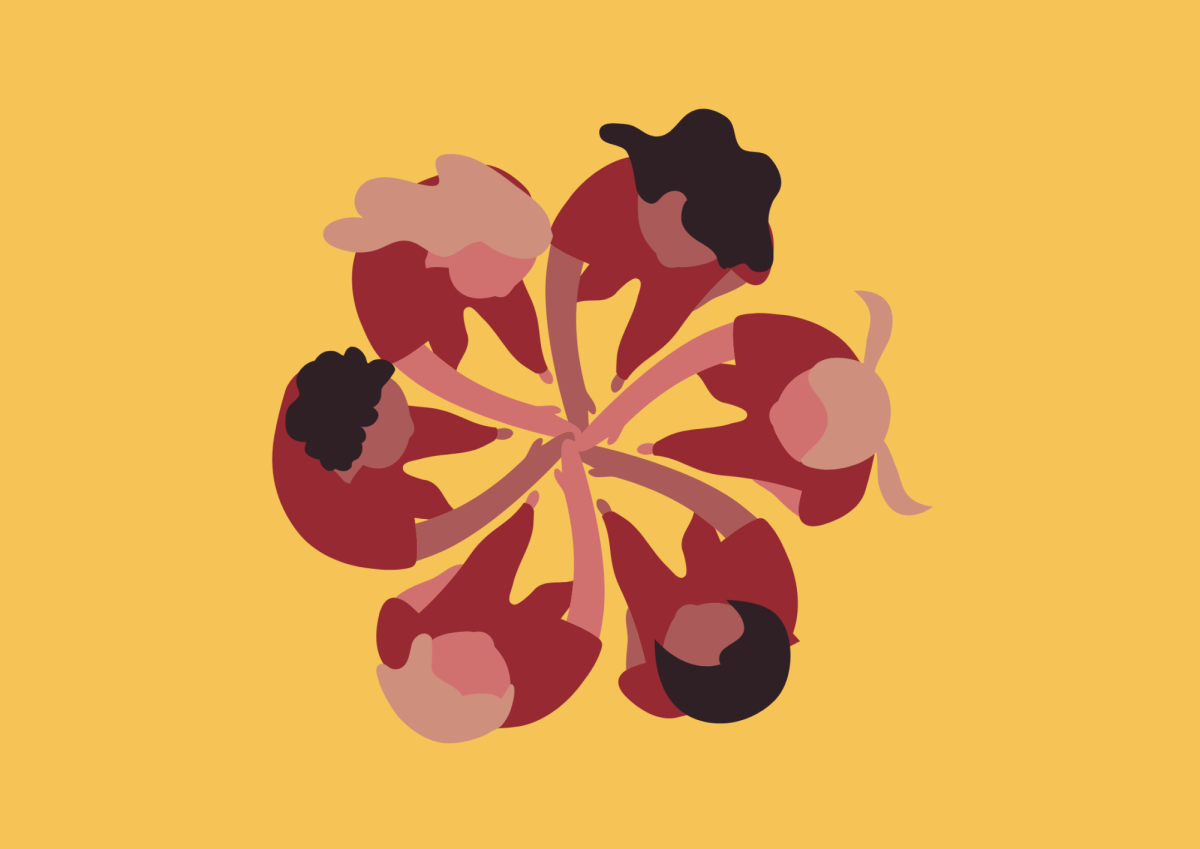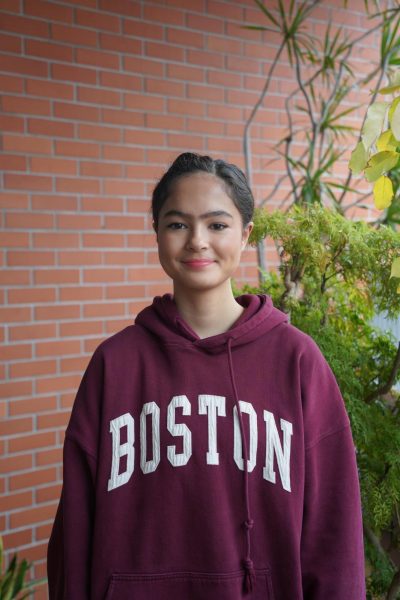In the realm of private international schools, Taipei American School (TAS) is an outlier—not necessarily because of its academic rigor or immense budgeting power, but because of its homogeneity and cultural fragmentation.
While most of TAS’ counterpart schools are diverse diasporas of different ethnicities, nationalities and religions, TAS serves as a stark contrast—around 90% of its students come from Taiwanese-American backgrounds. And the remaining 10% of students who don’t fall into this overwhelming cultural majority are often grouped separately when it comes to social cliques, leading to somewhat of a ‘cultural divide’ among students.
But before I go further, I need to clarify some things. First, the cultural homogeneity of TAS’ student body is completely understandable—Taiwan is a very homogenous nation—and it’s not necessarily within the school’s control to magically diversify itself overnight. Second, I’m not claiming that TAS is some sort of dystopian, segregated community; I know several Taiwanese and non-Taiwanese students who are friends with each other.
But if you were to take a quick stroll through the Cafeteria or the Courtyard, you’d notice some overarching social patterns. “When you look at the student body as a whole, it is quite easy to tell that many friend groups are racially divided into East Asian and non-East Asian,” said Zoe S. (‘26), who is Taiwanese-American and a student head of the Diversity, Equity and Inclusion (DEI) Committee. Generally speaking, Taiwanese students tend to stick together, and non-Taiwanese students follow suit.
It’s very normal and often unintentional when students gravitate towards those who come from similar cultural backgrounds as them—it’s usually easier to bond with people with whom you share experiences, upbringings and values. But consistently surrounding yourself with people to whom you are alike often breeds ideological uniformity, isolation and narrow-mindedness. “When you’re around people that have had similar life experiences, you all kind of feed each other’s stereotypes, because you’ve all been told the same things, and you all kind of imagine the same thing,” said Carter W. (‘25), who is white-American and moved to Taiwan from a racially diverse school in Texas last year. “Because of that, you don’t really get a chance to hear from other people’s perspectives, and maybe hear the truth. You think [your perspective] is the truth because it’s been reinforced by the people you’ve been around your whole life. But those people don’t really know either. They’ve experienced the same things you have.”
The first way TAS students can start bridging this gap is by simply bringing awareness to the issue. A huge component of the divide is rooted in students’ lack of active recognition of the phenomenon. While they may subconsciously acknowledge or observe these social patterns, they rarely question or challenge them. “The people that are really gonna create the change, they’ll do it. Once they start thinking about [the issue], they’ll proactively [try to solve] it themselves,” said Carter. “I think just talking about [the issue] a little more, just thinking about it, being aware of it, I think would make the biggest difference.” So, bring up the issue with your classmates and friends—and embrace the possibility of disagreement. Discourse, however controversial, is a powerful tool for progress and change.
Additionally, we need to reevaluate the way we approach social categorization and labeling at TAS. “To foster a more open-minded and inclusive environment, I think we can start by abandoning the concept of Local vs. Foreign when thinking about our community,” said Zoe. It’s important to acknowledge differences in culture, values and perspectives, but those differences aren’t barriers. They’re gateways. And they certainly don’t define who we are as individuals or who we can be friends with. You won’t compromise your cultural integrity if you befriend someone who comes from a different background than you—you’ll gain valuable insight into a different world.
The future of TAS won’t be written by the sameness we inherit, but by the bridges we build. And those bridges begin with a single, open-hearted step toward one another.


![A myriad of impressive trophies and awards. [ANNABELLE HSU/THE BLUE & GOLD]](https://blueandgoldonline.org/wp-content/uploads/2025/09/Awards2-1200x512.jpeg)
![Students' calendars say goodbye to exam week. [ANNABELLE HSU/THE BLUE & GOLD]](https://blueandgoldonline.org/wp-content/uploads/2025/09/Exam-week-1200x740.jpg)
![A collection of college flags. [PHOTO COURTESY OF AMBER HU ('27)]](https://blueandgoldonline.org/wp-content/uploads/2025/05/IMG_5029-1200x577.jpeg)
![An SAT word cloud. [PHOTO COURTESY OF WORDCLOUDS]](https://blueandgoldonline.org/wp-content/uploads/2025/05/SAT.jpeg)
![Collage of banned books, including “The Handmaid’s Tale” by Margaret Atwood. [MINSUN KIM/ THE BLUE & GOLD]](https://blueandgoldonline.org/wp-content/uploads/2025/04/IMG_4274-1200x681.jpeg)

